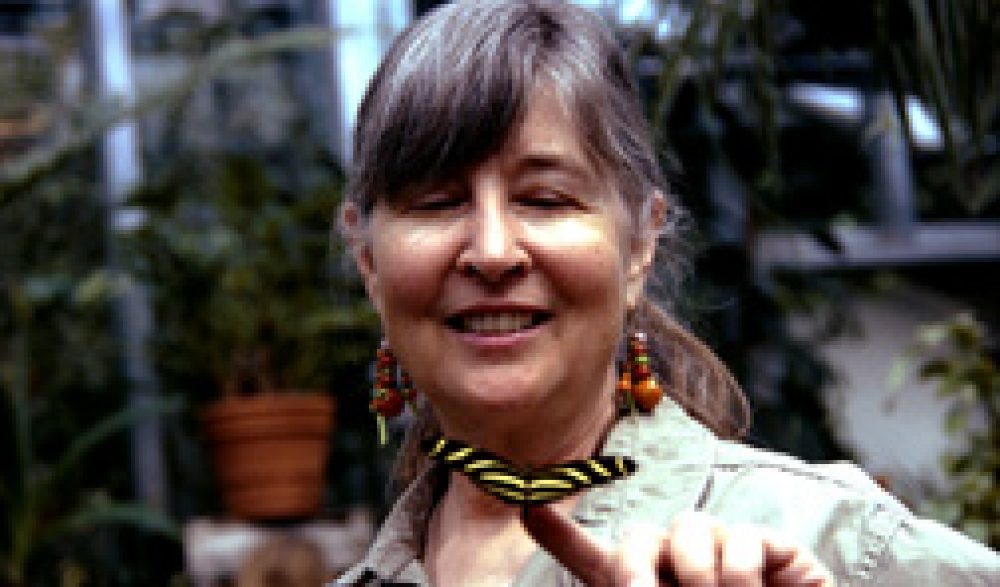I doubt my mother was as enchanted as I was with our new life—surely five years in what was then referred to as an “undeveloped country” was not quite what she had in mind when she married my doctor father, whose Dutch Christian Reformed Grand Rapids family was not known for stints in the French Foreign Legion. However, my mother stepped into her formidable new life with stunning competence.
She began at home. The houses in our neighborhood, occupied by professors, missionaries, nurses and students, looked pretty much alike: six or seven white-washed one-storied rectangles circling a grassy field where cobras were frequently scythed to death and boys, white and brown, played cricket with plank-like bats. Driveways led from the road that framed this field to each hedged house, fed by a wider street that threaded the campus of a nearby college, through which I cycled to my father’s hospital and the house of my new friend Marty Vroon, daughter of the doctor who had lured us to Lahore with his imploring letters.
In our home, as in those around us, metal fans whirled steadily below each remote ceiling. Cool, faux marble gleamed on the floors. Gauzy white nets hovered like ghosts over all the beds. But there the similarities stopped. My mother wasted no time replacing the clunky Mission-style furniture I saw everywhere else—one-by-four lumber frames stained always maple and fitted with square cushions interchangeable with any other in the British Empire on three or four continents. Our chairs and sofas were custom-built from mahogany with slender legs and subtle curves. An upholstered billiard-green Simmons Hide-a-Bed with invisible metal guts was arduously shipped to Karachi, trucked to Lahore and moved into my parents’ bedroom where, opened only at night, it sat all day like a jade throne. And while our home was not without the usual oriental rugs, brass teapots and carved elephants, the damp-skinned geckos big as feet that scuttled across everybody’s ceilings and walls, in our house darted behind abstract paintings by one of my mother’s sisters.
Slowly, our missionary dwelling acquired an eccentric, unslottable ambiance that tended to disorient first-time visitors. Not British, Pakistani, or even American in feel, it became the first of many houses my mother has transformed into her personal castle. My father did not object. He must have been relieved to see his wife adjust to a potentially problematic life with such alacrity.
MEMOIR WORKSHOP NOTE: Since you asked, I am following up my last entry with more of my Enchantments. They are requiring substantial rewrites, so I’ll share them a bit at a time.
